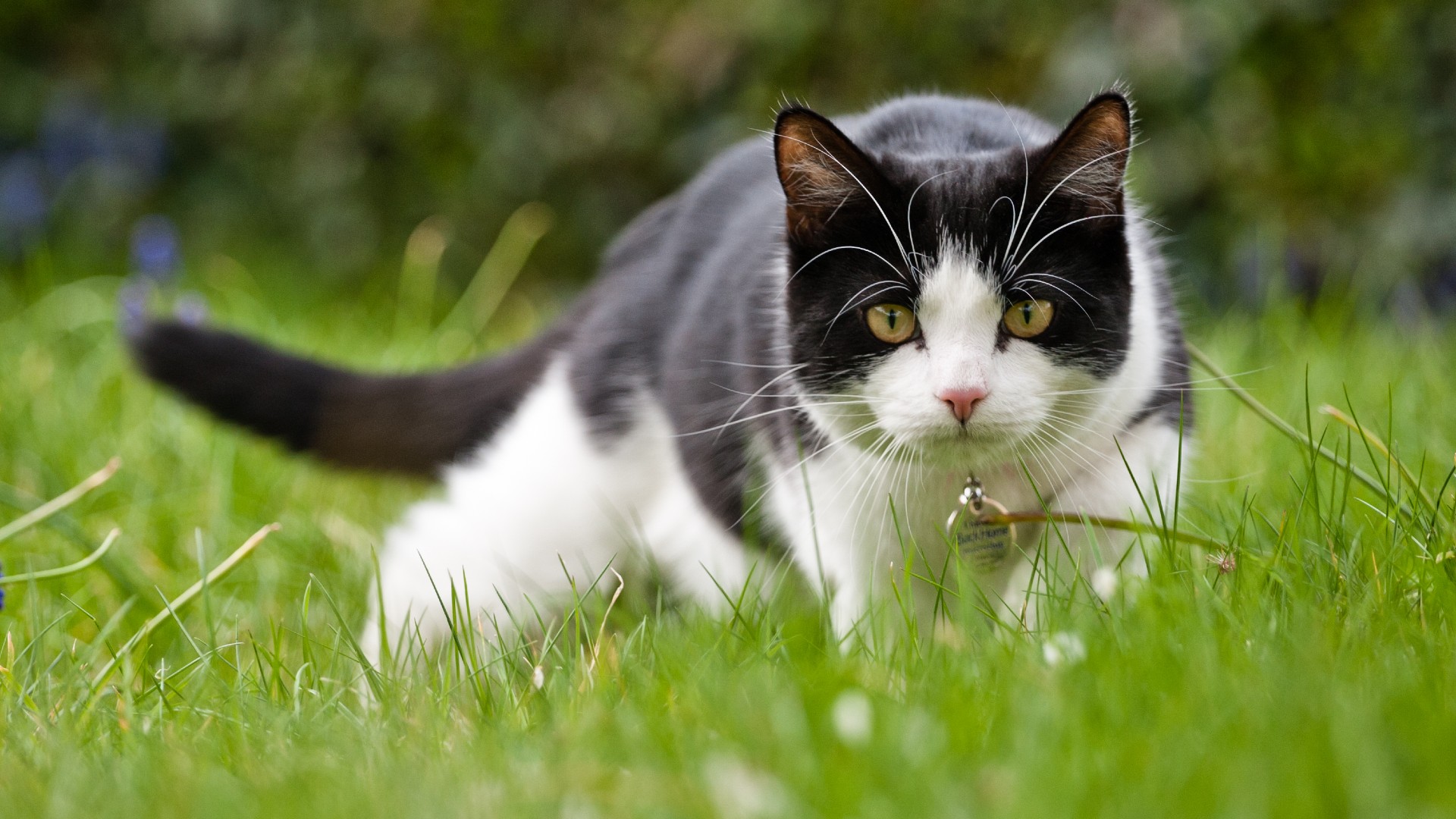Stop your cat from killing birds by switching their diet, new research suggests
While it may not stop your cat from killing birds entirely, scientists reveal that a diet rich in meat can reduce the likelihood by 36%

If you’ve been wondering how to stop your cat from killing birds, a new study may just have the answer. In research conducted by the Environment and Sustainability Institute at the University of Exeter in the U.K., scientists found that cats who ate a meat-rich diet for 12-weeks that did not contain grain or plant protein killed 36% fewer animals than those who didn’t.
Cats are keen carnivores, and while we adore our feline furkids, they can wreak havoc on the environment, devastating wildlife numbers. There are currently around 96 million domestic cats in the U.S. that kill more than 6.3 billion small mammals every year. According to the World Animal Foundation, 2.4 billion birds are killed by outdoor cats every year in the US.
and while many owners try to stop this by putting bells on their cat’s collars, changing their diet may prove far more effective.
- The best cat food: Budget buys and premium picks
- The best dry cat foods: King of cat kibble revealed
- The best wet cat food: From daily dishes to tasty treats
“Previous measures like bells tried to stymie the cat at the last minute. What we did was try to head them off at the pass by addressing some of their needs or wants before they think about going out hunting. With entirely non-invasive methods, owners can change what the cats themselves want to do,” says Robbie McDonald, co-author of the study.
While the researchers argue that confining cats to the indoors is the quickest and easiest solution to put a stop to their killing sprees and keep wildlife numbers robust, they admit that many cat owners are rightly concerned about the impact that keeping their cat cooped up inside will have on their furkids mental health.
With this in mind, McDonald and his team set out to discover whether a simple change in diet could dampen a cat’s instincts to hunt and kill. Recruiting 355 cats from 219 households in the southwest of England, the researchers split the cats into two groups. The first group was equipped with a bell on their collar and the second group was put on a grain-free high-meat diet, while also being provided with puzzle feeders and daily object play.
At the end of the 12-weeks, the results showed that the cats who had been fed a meat-based diet were 36% less likely to hunt, capture, and kill wildlife, compared to the cats who were fed a diet containing grain-fillers and plant-based proteins who showed no change in their behavior. The research also showed that playing with your cat for 5-10 minutes a day reduced killing behavior by 25% and puzzle feeders by 33%.
PetsRadar Newsletter
Get the best advice, tips and top tech for your beloved Pets
“Predation of wildlife by cats is an ecological and a social problem,” study lead Robbie McDonald says. “Our work shows that non-invasive methods, like food and play, can change cats’ inclination to hunt and be positive for cats and their owners.”
So, what exactly is it about a high-meat diet that helps reduce predation? McDonald suggests that some cat foods that are low in meat are leading to nutritional deficiencies that result in cats turning to prey to meet their dietary needs. “Some cat foods contain protein from plant sources such as soy, and it is possible that despite forming a complete diet, these foods leave some cats deficient in one or more micronutrients, prompting some of them to hunt.”
The researchers hope that their study will lead to further exploration of how the predation of wildlife by cats can be best addressed.

Kathryn is a freelance writer who has been a member of the PetsRadar family since it launched in 2020. Highly experienced in her field, she's driven by a desire to provide pet parents with accurate, timely, and informative content that enables them to provide their fur friends with everything they need to thrive.
Kathryn works closely with vets and trainers to ensure all articles offer the most up-to-date information across a range of pet-related fields, from insights into health and behavior issues to tips on products and training.
When she’s not busy crafting the perfect sentence for her features, buying guides and news pieces, she can be found hanging out with her family (which includes one super sassy cat and a kitten), drinking copious amounts of Jasmine tea and reading all the books.
She has written for a range of publications, including Fit&Well, Top Ten Reviews, LiveScience, Goodto, and Product Hunt.
